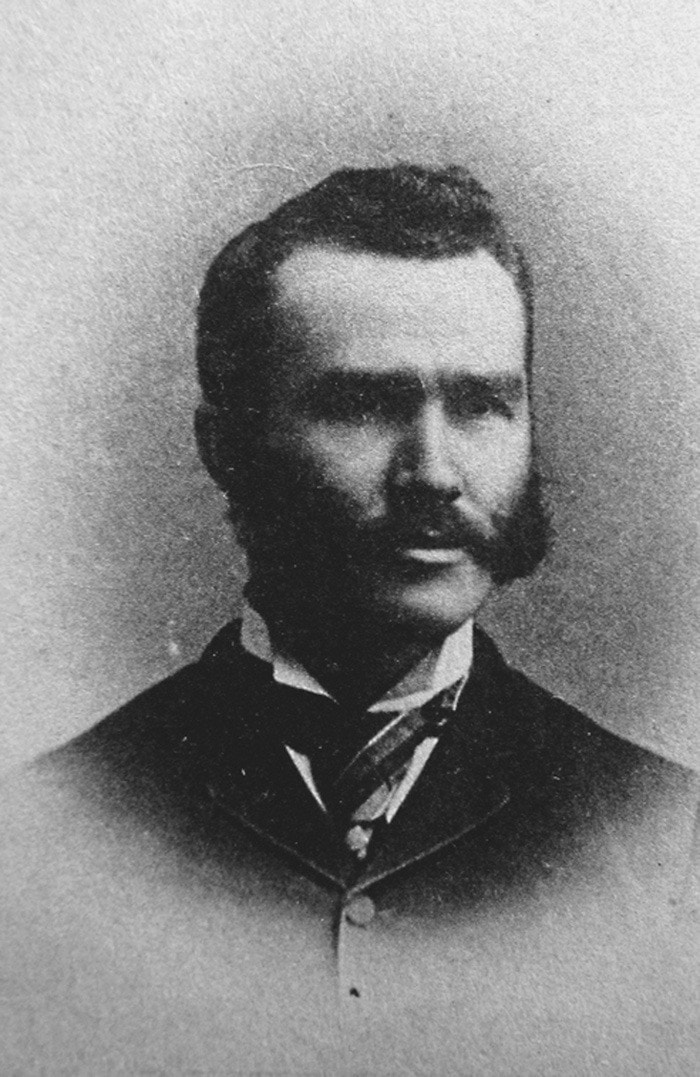Members of the Canadian Co-operative Society, formed in Mission, B.C., in 1895, bestowed the name “Ruskin Mills” to a sawmill and a settlement at the mouth of the Stave River.
Charles Whetham, a scholar, respected justice of the peace and school trustee, had proposed the name after John Ruskin, the prominent British art and social critic of the time.
The choice of this name for the venture at the Stave is a surprise, for the goals and objectives of the society did not emphasize the common good and well-being of its members, as would have been expected of a co-operative inspired by the writings of Ruskin.
But what was perhaps not reflected in the wording of the constitution and bylaws of the Canadian Co-operative Society was nonetheless the spirit of the society: Ruskin’s social ideas were frequently discussed at length at meetings, in which Whetham, an amiable and gregarious man, took an active part.
At first the Canadian Co-operative Society was a success. In 1897, the society counted 54 members, most living close to the mill.
There they had built homes and barns and a boarding house.
Aside from the sawmill and a logging operation, the members had set up a general store, a smithy, and a shoemaker’s shop. They also ran a dairy and a vegetable farm.
Not less than 50 children attended the first school when it started in the spring of 1897.
A post office opened on New Year’s Day 1898.
“Ruskin Mills” was a company town, but in this case, its residents owned the company.
Unfortunately in the course of another year, the society failed to meet its financial obligations and disbanded.
There is a little-known and so far unpublished follow-up to this story.
As the Ruskin experiment at Stave River came to an end, some of the former members were obviously not ready to let go of their dream and decided to form a new Ruskin-inspired co-operative. On Feb. 4, 1899, nine men and women gathered at Whetham’s home to sign in his presence as magistrate and witness a letter of intent to establish a new society named “The Industrial Union,” with headquarters at Ruskin, B.C.
Whetham may well have been the author of the letter of intent as well as its constitution and bylaws.
The object of the society was “to engage in any and every branch of industry on the principle of association.”
First and foremost among the purpose of the society were the welfare of the community and its individual members.
Shortly after incorporation, in March of 1899, the secretary of the Industrial Union reported to the famous Ruskin Colony in Tennessee: “We have but a small organization and are as yet homeless, but we are harmonious beyond my fondest hopes and are doing well financially.”
The members on the Industrial Union moved to the Boundary Bay area and now focused on farming and raising livestock.
However, after efforts to purchase the land at an acceptable price failed, the economic viability of the enterprise became questionable.
Then members started to disperse and some of the leaders even drifted back to Ruskin.
The co-operative emitted its last gasp on Vancouver Island at Turgoose (Saanichton), where Henderson’s Directory of 1900-1901 lists the Industrial Union and the names of three of its members.
Surprisingly, Whetham was there as well, perhaps in an effort to keep the dream of a Ruskin-inspired commune alive.
Nothing more was heard about the Industrial Union.
In 1903, Whetham sold the house in Ruskin that he had built and where he and his family had lived for 12 years. They moved to farmland in the United States, not far from Niagara.
In the words of Rev. Dunn, Whetham’s departure left the local settlers with “a feeling of deep disappointment and genuine regret.”
Fred Braches is a local historian who lives in Whonnock.
